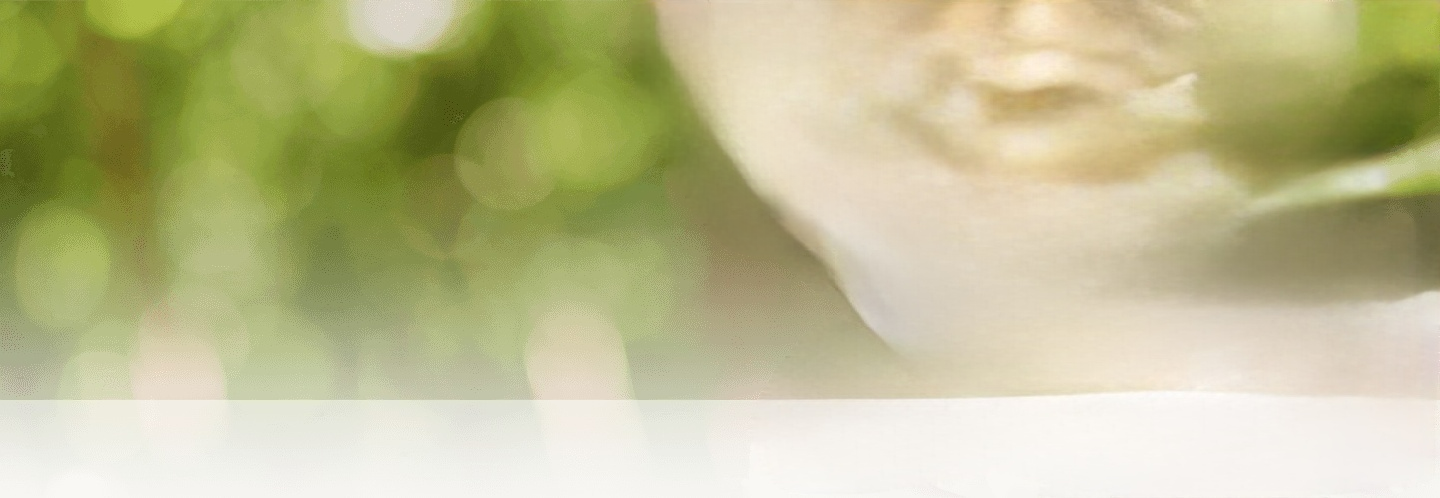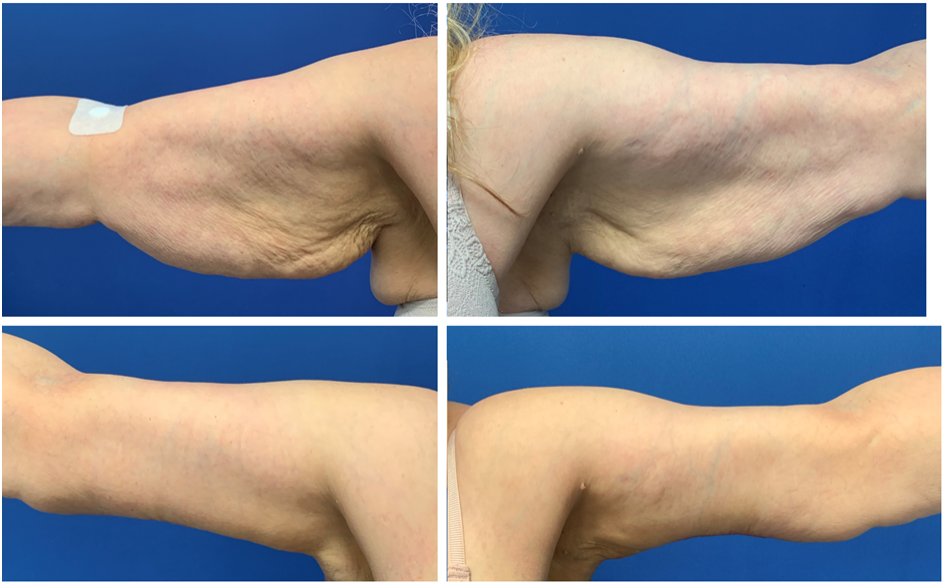Brachioplasty (Arm Lift) Surgery
Introduction
Brachioplasty, commonly known as an arm lift, is a surgical procedure that reshapes the upper arms by removing excess skin and fat. It is often performed to address the effects of massive weight loss of the signs of aging, such as sagging skin and droopy arms, which can cause discomfort, rashes and self-consciousness.
Indications for Brachioplasty
Brachioplasty is primarily considered for individuals who have:
- Excess skin and fat on the upper arms, often resulting from significant weight loss or aging
- If the sagging arms has resulted from weight loss, the weight loss should have plateaued and be stable for at least 3 months.
- Drooping or sagging arms that appear disproportionate to the rest of the body
- Discomfort or skin irritation caused by excess skin rubbing against clothing or skin
- Realistic expectations about the outcome of the procedure and are committed to maintaining a healthy lifestyle
Types of Brachioplasty
There are three main types of brachioplasty:
- Traditional brachioplasty: This involves incisions along the inner arm, extending from the armpit to the elbow. Excess skin and fat are removed, and the remaining skin is tightened and reshaped. This may be combined with liposuction
- Mini brachioplasty: This procedure involves smaller incisions, typically limited to the underarm area. It is suitable for individuals with less excess skin and focused on addressing loose skin around the triceps area.
- Liposuction brachioplasty: As the name suggests, this is where no skin is removed and liposuction is used to remove fat from the upper arms. This technique is not appropriate for the majority of patients interested in brachioplasty.
A/Prof Damian Marucci’s preferred brachioplasty technique is “Liposuction assisted posterior brachioplasty” as described by Dallas plastic surgeon Dr Rod Rohrich. This procedure involves liposuction of the fat of the upper inner arms followed by a direct excision of the loose skin that results.
Before and After Photos
Here are some before and after photos of a patient who underwent a brachioplasty by A/Prof Damian Marucci using the liposuction assisted brachioplasty technique as a day only procedure.
You can see some more before and after photos of A/Prof Damian Marucci’s brachioplasty results by clicking here.
Procedure Overview
Brachioplasty is typically performed under general anaesthesia to ensure patient comfort. A/Prof Marucci will mark the incision sites and a large volume of fluid containing local anaesthetic is infiltrated into the fat of the upper inner arm. Liposuction is then performed to remove as much subcutaneous fat as possible. Once no more fat can be removed, a “pinch test” is performed again to confirm how much skin can be safely removed to tighten the upper arms. Once this skin has been removed, the wounds are closed with dissolving sutures and dressings are applied.
Recovery and Postoperative Care
Patients almost always go home the same day. The arm bandages are kept dry and intact for around a week. After this time, patients can shower normally over the wounds. Patients can start driving after this time. Following brachioplasty, patients can expect some bruising, swelling, and discomfort, which typically subside within a few weeks. A compression garment is often recommended to support the arms and reduce swelling. Patients are asked to avoid heavy physical activity, exercise and swimming for 2 -3 weeks after surgery.
Potential Risks and Complications
As with any surgical procedure, brachioplasty carries some risks and potential complications, including:
- Bleeding
- Infection
- Scarring
- Fluid accumulation beneath the skin (seroma)
- Changes in skin sensation
- Unsatisfactory cosmetic results
- Poor wound healing
- Blood clots
For a full list of potential complications of cosmetic procedures, like brachioplasty, please click here.
Choosing a Qualified Surgeon
The success of brachioplasty significantly depends on the expertise and experience of the surgeon. Look for a surgeon who is a Fellow of the Royal Australasian College of Surgeons (FRACS) and is a member of the Australian Society of Plastic Surgeons (ASPS) as well as the Australasian Society of Aesthetic Plastic Surgeons (ASAPS). A/Prof Marucci has a FRACS in Plastic and Reconstructive Surgery. He is on the Education Committee of ASPS and is on the Board of ASAPS. A/Prof Marucci is registered a specialist in plastic and reconstructive surgery with AHPRA.
Conclusion
Brachioplasty can effectively address the signs of aging and excess skin on the upper arms, improving overall appearance and self-confidence. However, it is crucial to carefully consider the procedure’s risks, benefits, and recovery requirements. Consult with a qualified and experience plastic surgeon like A/Prof Damian Marucci to determine if brachioplasty is the right option for you and discuss your individual goals and expectations.

